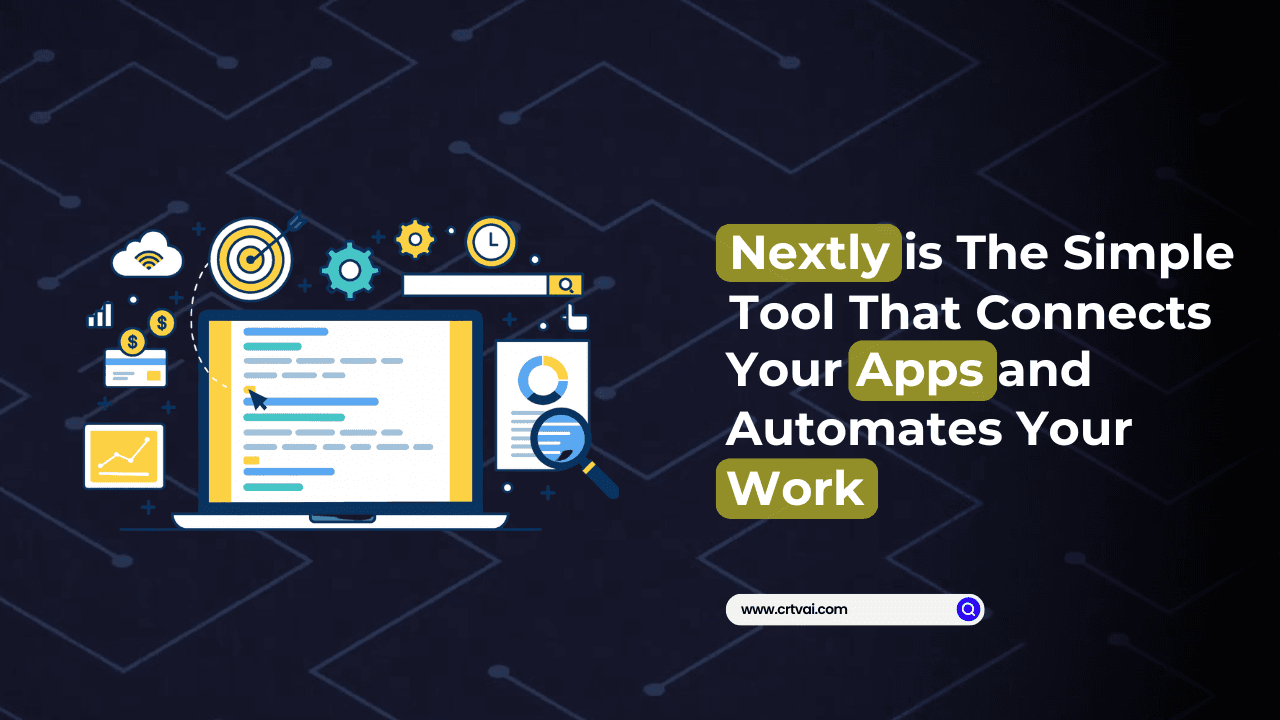
APIs (Application Programming Interfaces) are like messengers that help different apps and websites talk to each other. They are used everywhere when you order food online, check the weather, or even when you log into social media. But if APIs are not made correctly, they can be slow, confusing, or even unsafe.
Many developers use APIs every day without fully understanding how they work. This can lead to security problems, slow performance, and unnecessary mistakes. So, if you're making or using an API, it's important to know the basics. And don’t worry it’s easier than you think!
Different Types of APIs
Most people only know about REST APIs, but there are actually different types of APIs, each with its own benefits:
REST API – The most popular type. It uses simple web addresses (like website.com/products) and standard methods (GET, POST, PUT, DELETE) to manage data.
GraphQL API – Gives more control to the user. Instead of getting too much or too little data, users can ask for exactly what they need.
gRPC API – A super-fast type of API that is great for real-time communication between apps.
Understanding REST APIs
A REST API is like a waiter at a restaurant. You (the customer) ask for something from the menu, and the waiter (API) brings it from the kitchen (database).
For example, in an online store:
A customer adds an item to the cart → The API sends this information to the database.
A customer checks product details → The API gets this information from the database and shows it on the website.
REST APIs follow four main actions, also known as CRUD:
Create (POST) – Add new data (e.g., adding a product to the store)
Read (GET) – Get data (e.g., checking product details)
Update (PUT/PATCH) – Change existing data (e.g., updating a product’s price)
Delete (DELETE) – Remove data (e.g., deleting a product from the store)
How to Make an API Reliable
A good API should be easy to use and work the same way every time. Here’s how you can make sure your API is reliable:
Use clear names for API addresses (e.g., /products instead of /getAllItems)
Make sure responses follow the same format so developers don’t get confused
Return proper status codes (e.g., 200 OK for success, 404 Not Found if something is missing)
How to Make an API Faster
Nobody likes a slow website or app. Here’s how you can make APIs run faster:
Use caching – Store frequently used data so it doesn’t have to be fetched from the database every time.
Limit responses – Don’t send too much data at once. Use pagination to break large amounts of data into smaller parts.
Allow filtering – Let users search for what they need instead of sending everything.
How to Keep an API Secure
A good API is also a safe API. If an API is not secure, hackers can steal private data. Here’s how to protect it:
Use authentication & authorization – Only let trusted users access the API. A common method is JWT (JSON Web Tokens), which ensures only logged-in users can make requests.
Set expiration times for tokens – This prevents hackers from using old tokens.
Always use HTTPS – This keeps all data safe from hackers.
How to Handle a Large Number of Users
If too many people use your API at the same time, it could crash. Here’s how to prevent that:
Use rate limiting – Limit how many requests each user can send per minute to prevent overload.
Monitor performance – Keep an eye on how fast your API is running and fix issues quickly.
Why Documentation is Important
A well-documented API makes life easier for developers. The OpenAPI Specification is a tool that helps explain how an API works. This way, developers don’t have to guess how to use it.
Final Thoughts
Building a strong API is not just about writing code. It’s about making sure it is easy to use, fast, and secure. If you follow these simple steps, your API will run smoothly and be safe for users.
Want to learn more? Check out my other guides on API development.
Thanks for reading
You might also like

Nextly is The Simple Tool That Connects Your Apps and Automates Your Work
Nextly helps you connect all your favorite apps and automate repetitive tasks. Save hours every week, simplify workflows, and boost productivity no coding needed.

Microsoft to Invest $17.5 Billion in India’s AI and Cloud Infrastructure
Microsoft makes US$17.5 billion pledge to strengthen AI and cloud technology in India. Learn how this major investment will support businesses, create jobs, and boost India’s tech growth.

Runway Gen-4.5 AI Video Model - Faster and Smarter Than Google and OpenAI
Runway launches Gen-4.5 AI video model. It can turn text into videos quickly and beats models from Google and OpenAI in tests.
Enjoy this article?
Subscribe to our newsletter to get more insights on technology, design, and the future of digital innovation.
CRTVAI
Unlock AI's full potential with expert insights from leading software innovators. Subscribe for exclusive content on ChatGPT integration, custom development solutions, and transformative technologies that deliver measurable business results.
Popular Posts

10 Software Design Patterns Made Simple: A Guide for New Programmers

Google Gemini 2.5 Pro and China’s AI Boom Are Rewriting the Rules of the AI Race

Why Everyone in MENA is Talking About Evalia AI for Call Centers
